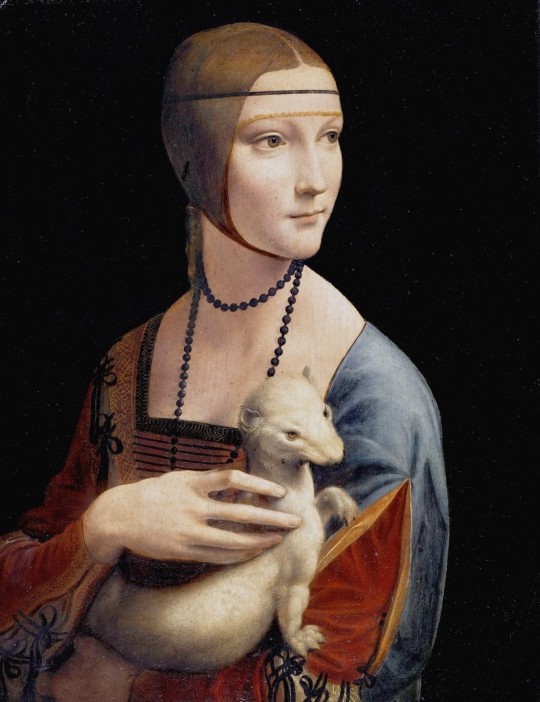#Lieutenant Piotr Wysocki Army of Congress Poland
Explore tagged Tumblr posts
Text
Czartoryski Museum Kraków Poland

View On WordPress
#Antonina Czartoryska Grand Chancellor of Lithuania#Congress Kingdom of Poland#Congress of Vienna#Czartoryski Museum Gothic House#Czartoryski Museum Kraków#Czartoryski Museum Temple of the Sibyl#Jan Jerzy Flemming Grand Treasurer of the Crown#Kraków Old Town#Lieutenant Piotr Wysocki Army of Congress Poland#MNK Muzeum Czartoryskich#Napoleon’s Warsaw Duchy#Nazis XX Foundation#Parable of the Good Samaritan by Rembrandt van Rijn#Polish Cadet Revolution#Polish May 3rd Constitution#Polish November Uprising#Polish–Russian War 1830–31#Portrait of a Lady with an Ermine by Leonardo da Vinci#Princess Izabela Czartoryska née Flemming#Puławy Poland
1 note
·
View note
Text
From Wikipedia:
.. [I]n 1795, Lithuania became part of the Russian Empire. Poles and Lithuanians unsuccessfully rebelled against Russian authorities in 1831 and 1863. These two uprisings are connected with the beginnings of the hill: as families could not locate bodies of perished rebels, they started putting up symbolic crosses at the site of a former hill fort.
The November Uprising (1830–31), also known as the Polish–Russian War 1830–31 or the Cadet Revolution, was an armed rebellion in the heartland of partitioned Poland against the Russian Empire. The uprising began on 29 November 1830 in Warsaw when young Polish officers from the military academy of the Army of Congress Poland revolted, led by Lieutenant Piotr Wysocki. Large segments of the peoples of Lithuania, Belarus, and Right-bank Ukraine soon joined the uprising.
.. [I]t is believed that the first crosses were placed on the former Jurgaičiai or Domantai hill fort after the 1831 Uprising.
When the old political structure of Eastern Europe fell apart in 1918, Lithuania once again declared its independence. Throughout this time, the Hill of Crosses was used as a place for Lithuanians to pray for peace, for their country, and for the loved ones they had lost during the Wars of Independence.
The site took on a special significance during the years 1944–1990, when Lithuania was occupied by the Soviet Union. Continuing to travel to the hill and leave their tributes, Lithuanians used it to demonstrate their allegiance to their original identity, religion and heritage. It was a venue of peaceful resistance, although the Soviets worked hard to remove new crosses, and bulldozed the site at least three times (including attempts in 1963 and 1973).
Over the generations, not only crosses and crucifixes, but statues of the Virgin Mary, carvings of Lithuanian patriots and thousands of tiny effigies and rosaries have been brought here by Catholic pilgrims. The exact number of crosses is unknown, but estimates put it at about 55,000 in 1990 and 100,000 in 2006.

"The Hill Of crosses / Kryžių" in Northern Lithuania.
17K notes
·
View notes